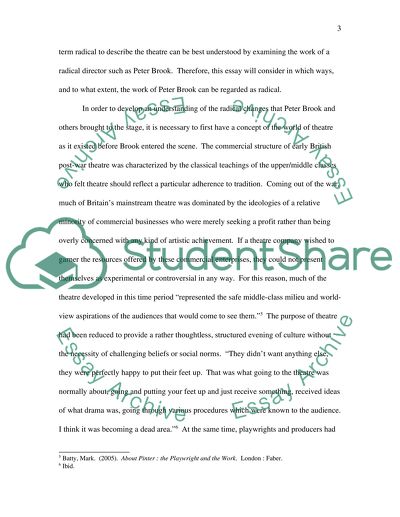Cite this document
(“Radical Shakespeare a new way of doing Shakespeare Essay”, n.d.)
Radical Shakespeare a new way of doing Shakespeare Essay. Retrieved from https://studentshare.org/miscellaneous/1538590-radical-shakespeare-a-new-way-of-doing-shakespeare
Radical Shakespeare a new way of doing Shakespeare Essay. Retrieved from https://studentshare.org/miscellaneous/1538590-radical-shakespeare-a-new-way-of-doing-shakespeare
(Radical Shakespeare a New Way of Doing Shakespeare Essay)
Radical Shakespeare a New Way of Doing Shakespeare Essay. https://studentshare.org/miscellaneous/1538590-radical-shakespeare-a-new-way-of-doing-shakespeare.
Radical Shakespeare a New Way of Doing Shakespeare Essay. https://studentshare.org/miscellaneous/1538590-radical-shakespeare-a-new-way-of-doing-shakespeare.
“Radical Shakespeare a New Way of Doing Shakespeare Essay”, n.d. https://studentshare.org/miscellaneous/1538590-radical-shakespeare-a-new-way-of-doing-shakespeare.


